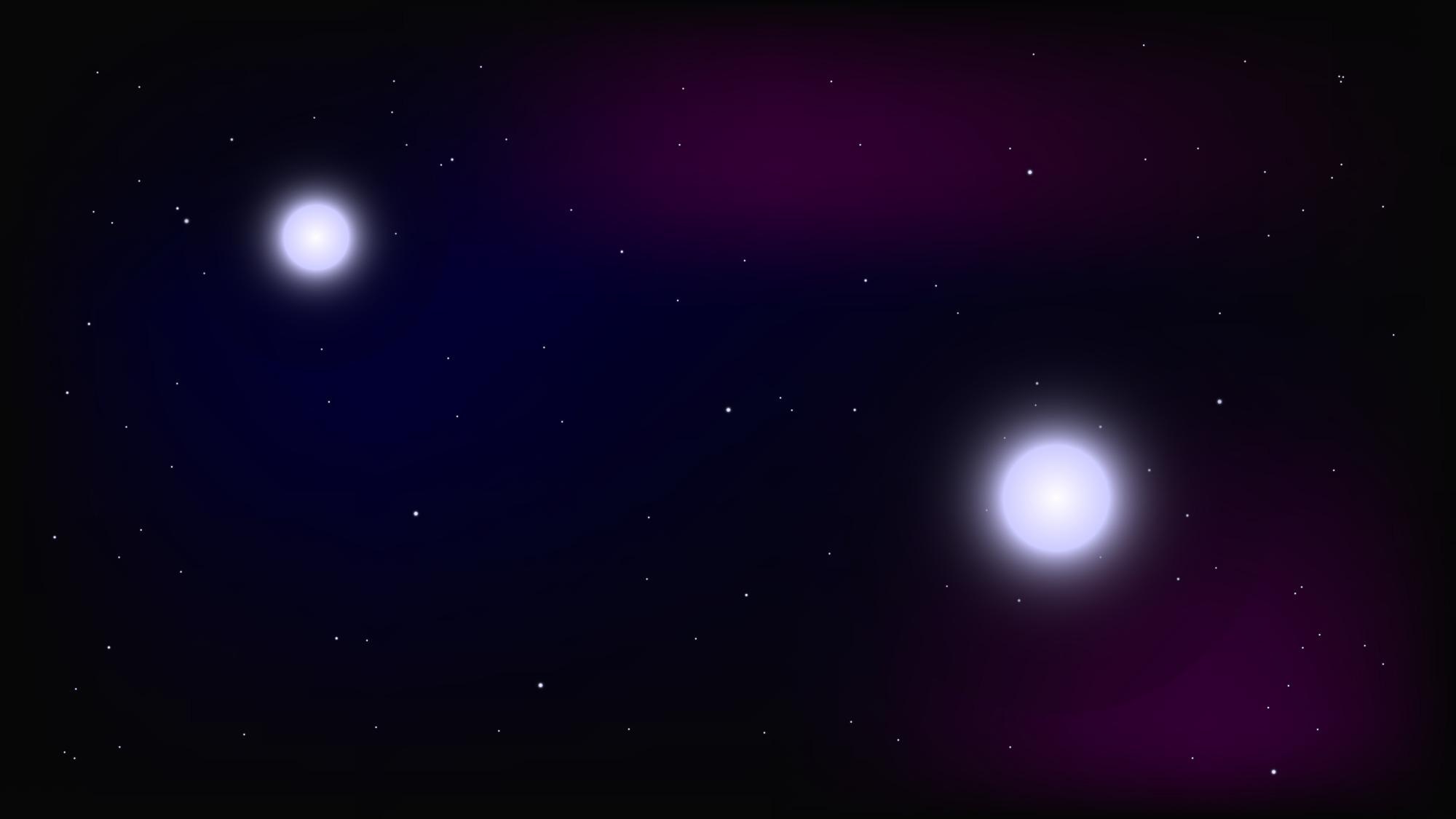In 2020, a star system close to Earth made headlines when it was discovered to host a black hole, but further investigations have revealed something much rarer dwelling in the system.

Image Credit: alionaprof/Shutterstock.com
Back in 2020, astronomers believed they had made a startling discovery lurking in Earth’s cosmic backyard. Using the FEROS spectrograph on the MPG/ESO 2.2 meter telescope located at the La Silla observatory in the Chilean desert, a team including researchers from the European Southern Observatory (ESO) believed they had found a black hole in the system HR 6819, located within the Milky Way.
At a distance of just 1000 light-years from Earth, this would have made the black hole in HR 6819 the closest such object to Earth. So close in fact, that its host system can be seen with the naked eye.
It would have also meant that the star system HR 6819 was a triple system consisting of two stars and a black hole.
The discovery of the triple system with two stars and the invisible black hole was a complete surprise to astronomers when the research was published in a paper in the journal Astronomy & Astrophysics.
However, not everyone was completely satisfied with the result. Another team of researchers set about testing if HR 6819 was indeed a triple system with a black hole.
This team was joined by the initial team of astronomers keen to challenge their own results in what would prove to be a validation of the never-ending curiosity and drive for answers in science and those that practice it.
Indeed, these researchers would discover that HR 6819’s black hole is absent. It was never really there at all. But, in its place is something rarer, a most extraordinary cosmic vampire — a star bloated after feeding from its companion.
Astronomers Go Vampire Hunting
Upon the close study of the HR 6819 system in 2020, astronomers were left with two competing and contradictory theories. There were two sources of light in the system orbiting each other
Because this implies a third, dark body, purely supplying a source of gravity for one of the two luminous stars to orbit around — namely a black hole — authors of the Astronomy & Astrophysics paper and ESO astronomers Thomas Rivinius and Dietrich Baade believed what they had discovered was a triple system with a black hole.
However, the researchers couldn’t rule out a binary system with an unusual star caught in a very brief, and thus extremely rare, phase after an interaction with its companion stripped it of stellar material.
If the black hole scenario were true, the stars in the triple system version of HR 6819 should be far apart, whereas if the rare binary scenario was correct, the two stars should be closer together with no invisible interloper between them.
Thus, the key to solving this conundrum was obtaining a clearer picture of HR 6819. Joined by ESO fellow Julia Bodensteiner and her team, the original researchers set about doing this by studying the mysterious system with ESO’s Very Large Telescope (VLT) and Very Large Telescope Interferometer (VLTI).
Using these instruments, the team was able to determine that the stars are close together, orbiting each other in just a 40-day orbit period.
This may initially seem disappointing, but the lack of a black hole makes HR 6819 no less fascinating. In fact, the astronomers discovered that one of the stars must have recently ‘fed’ upon the stellar material of the other, causing it to lose a large amount of mass — almost all of it in fact.
A Rare And Short-Lived Cosmic Vampire
Observing stars stripping material from a companion donor star is not uncommon, but the stage that follows this mass transfer is much tougher to spot.
Following the loss of much of its material, the donor star quickly shrinks to become a very small and hot subdwarf. What the team observed in HR 6819 is a star that has lost a great deal of material but has yet to shrink to this state. This means that the mass loss must have occurred in the system’s recent history.
This presents a unique opportunity for astronomers - a short window of time to observe the inner layers of a star after the outer layers have been stripped away. This short-lived and rare phase could reveal the history of the system and help researchers better understand what happens when one star feeds upon another.
According to a recent and updated paper published in Astronomy & Astrophysics, all this means that the current best estimation of HD 6819 is that it is a binary system with no black hole in which two stars have interacted, with the stripping of mass from one star speeding it up like a spinning top.
Astronomers have caught these stars in a rare phase of existence, meaning that not only could further investigations reveal more secrets buried in the binary, but could teach us about the evolution of binary stars.
More from AZoQuantum: The Role of Diamonds in Quantum Computing
References and Further Reading
Rivinius. T.H, Baade. D, Hadrava. P, Heida. M, Klement. R, [2020], ‘A naked-eye triple system with a non-accreting black hole in the inner binary,’ Astronomy and Astrophysics, [DOI: 10.1051/0004–6361/202038020]
Frost. A.J., Bodensteiner. J., Baade. D., et al, [2022], ‘HR 6819 is a binary system with no black hole,’ Astronomy & Astrophysics, https://www.aanda.org/articles/aa/full_html/2022/03/aa43004-21/aa43004-21.html
Disclaimer: The views expressed here are those of the author expressed in their private capacity and do not necessarily represent the views of AZoM.com Limited T/A AZoNetwork the owner and operator of this website. This disclaimer forms part of the Terms and conditions of use of this website.